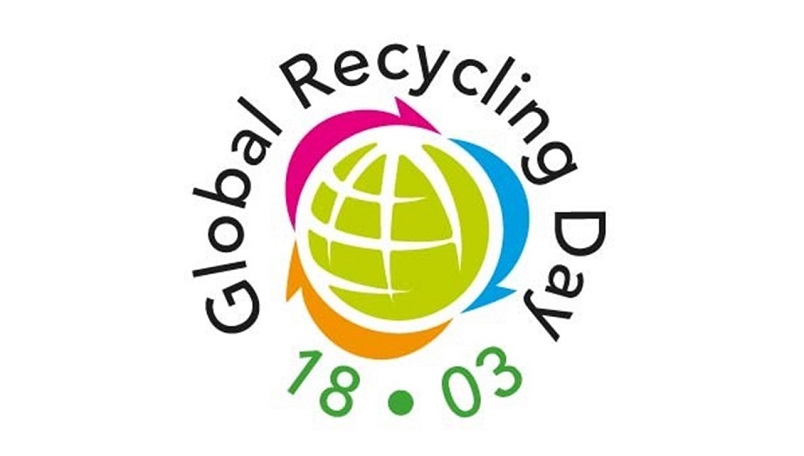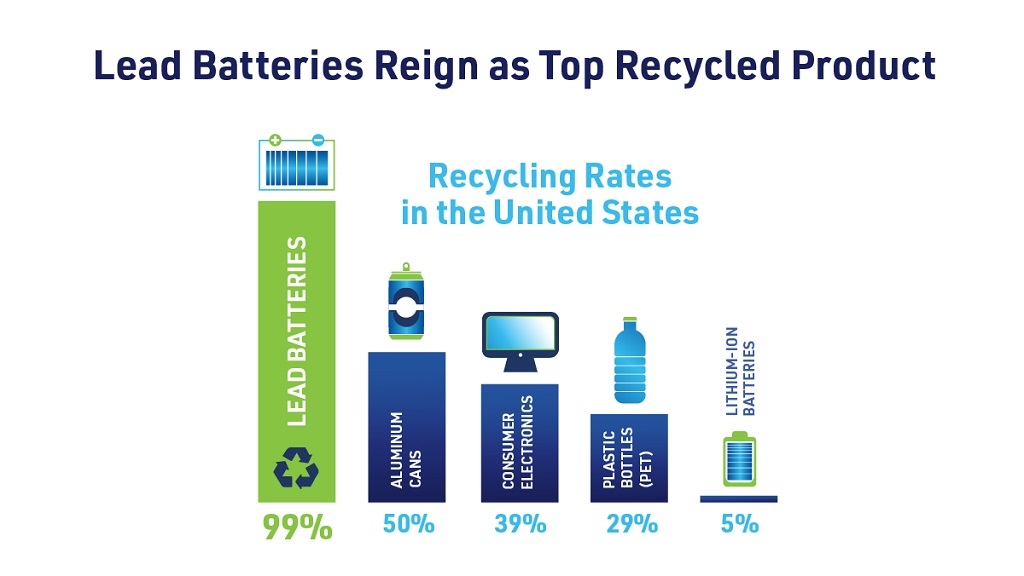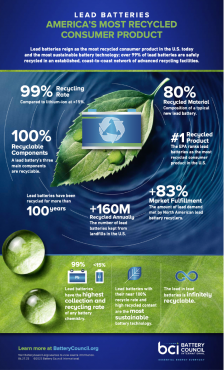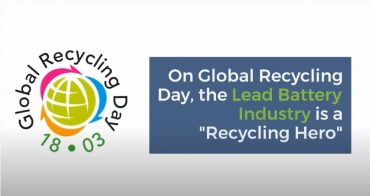
As we celebrate Global Recycling Day on March 18, we pay tribute to all of the Recycling Heroes around the world. The lead battery industry couldn’t be prouder of its front-line heroes and heroines. They have helped make lead batteries the most recycled consumer product in the United States. We celebrate our employees and all who contribute to a more environmentally stable planet through safe recycling methods.
How important is recycling? The Global Recycling Foundation (GRF) has released a bold statement that “there is no doubt recycling is on the front line in the war to save the future of our planet and humanity.” The GRF argues that recycling should be considered the seventh most important natural resource, behind water, air, oil, natural gas, coal and minerals.
The lead battery recycling industry agrees. Members of Battery Council International (BCI), a global trade association which represents the lead battery industry, are recognized for achieving the most successful circular economy in the world. They recycle 99% of end-of-life batteries each year, a total of approximately 130 million! That makes lead batteries the most recycled U.S. consumer product.
U.S. Aspires to Recycle More
In terms of general recycling (all materials) Germany leads the world with a recycling rate of 56.1%, followed by Austria, South Korea, Wales and Switzerland. The U.S., by recycling 31.5% of its waste, comes in at number seven.
The U.S. Environmental Protection Agency (EPA) aims to do better. Its Draft National Recycling Strategy has set a goal to build a stronger, more resilient and cost-effective recycling system in the U.S. and increase the U.S. recycling rate to 50% by 2030.
As the global leader in recycling, the lead battery industry believes it can be a model for other industries and the EPA to develop responsible recycling networks.

Lead Batteries Ensure Reliable, Domestic Supply Chain
Lead battery manufacturers and recyclers have firsthand experience demonstrating that recycling can be a central component to a robust domestic manufacturing industry, increasing America’s resource independence. Approximately 90% of North American lead battery demand is met by batteries manufactured in North America. That allows U.S. recycling facilities to provide 73% of the raw lead metals needed to manufacture new lead batteries in the U.S. The majority of imported lead metal comes from Canada and Mexico, where the largest facilities are owned by, or have long-term relationships with, U.S. companies.
This unparalleled domestic supply chain ensures that the primary input materials (lead, plastic and electrolyte) for lead batteries are readily available and insulated against major international supply chain interruptions. Plus, lead is infinitely recyclable, without affecting performance. In addition:
- A typical new lead battery is comprised of more than 80% recycled material.
- Using recycled lead for new lead batteries instead of virgin materials to source lead for new batteries, uses 90% less energy and produces 90% less greenhouse gas.
A Successful Model for Other Industries
Lead batteries are a model for other battery chemistries – and industries – in how to responsibly design, make, use, recycle and remanufacture materials. Its successful circular economy has been recognized by the EPA, the World Economic Forum and The Sustainability Consortium.
Key to the success of the lead battery circular economy has been the industry’s embrace of an extended producer responsibility system based on a retail collection model. Under model state legislation promoted by BCI since the late 1980s, more than 40 states have adopted requirements that: (a) prohibit the landfill disposal of lead batteries; (b) require retailers that sell lead batteries to accept used batteries at the points of sale, and (c) either require or allow retailers to collect a refundable deposit at the time of sale to ensure consumers return a used battery in exchange.
Today, essentially all used lead batteries are returned for recycling through this system of more than 250,000 collection sites and other responsible collectors. This commitment to safe and sustainable recycling methods ensures that lead batteries are an essential part of an energy storage mix to achieve a cleaner, greener future.
On Global Recycling Day – and all days – we thank recyclers worldwide! Find out more about the annual event at Global Recycling Day, on Twitter @GlbRecyclingDay, Facebook or Instagram: globalrecyclingday. You can also tag your activities using #GlobalRecyclingDay, and #RecyclingHeroes.
Read BCI’s comments to EPA on the National Recycling Strategy.






